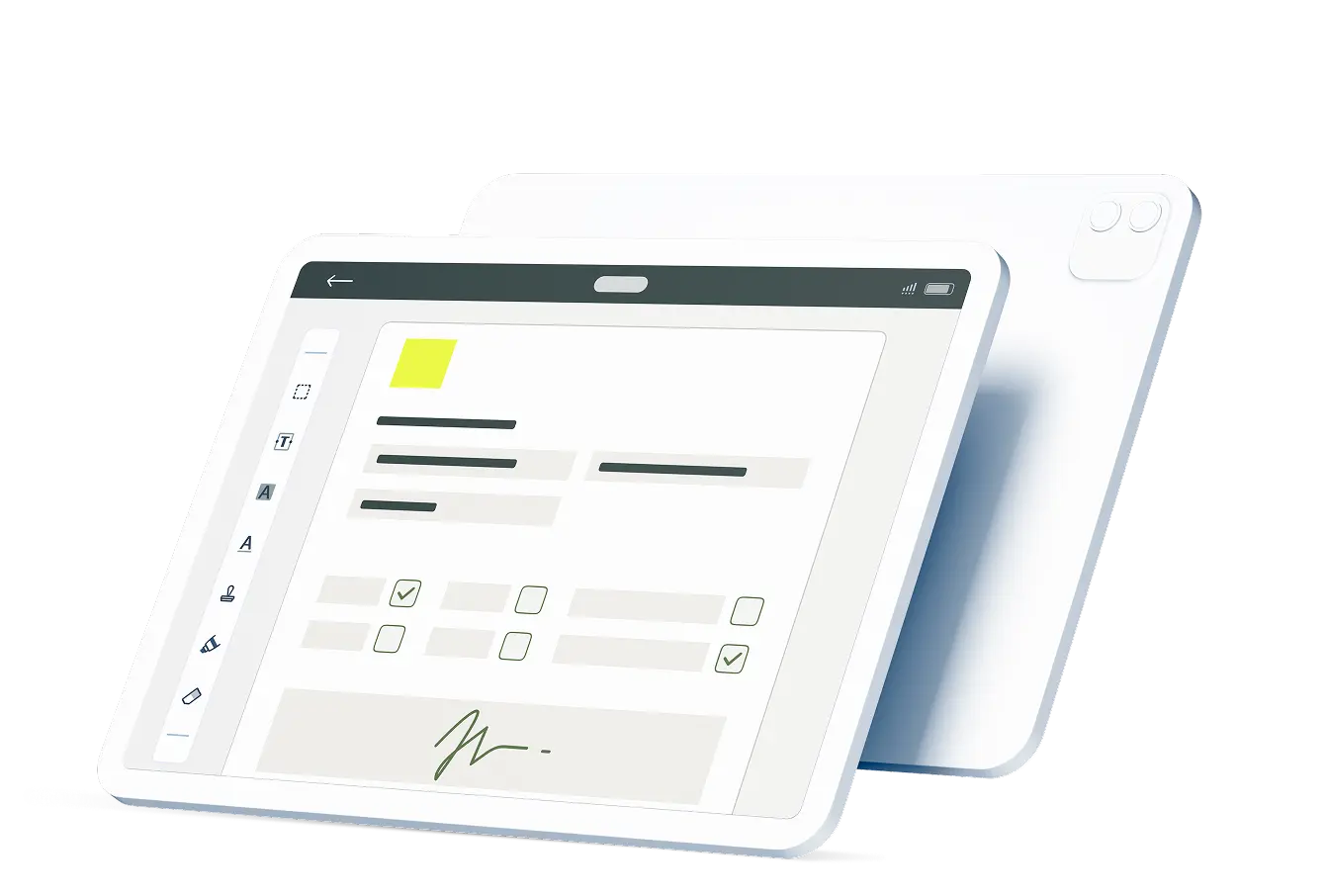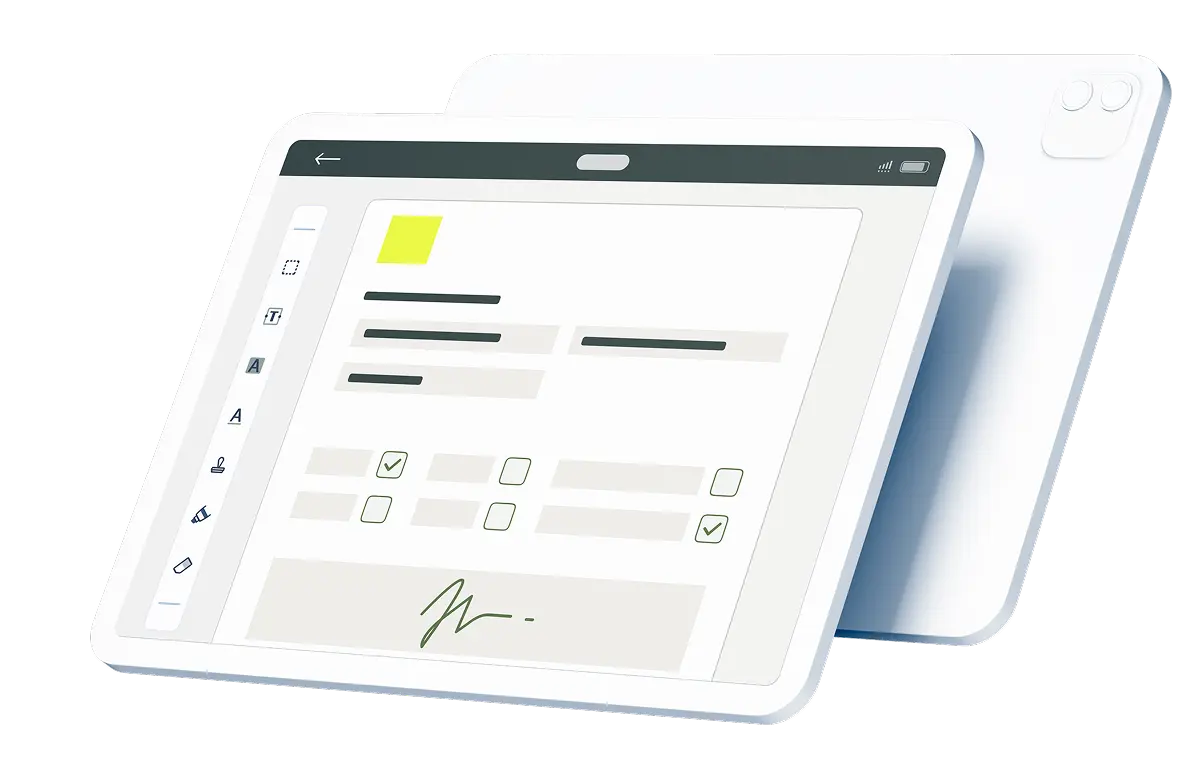Buyers of goods and services generate purchase orders to send to suppliers and vendors. Small businesses and startups that do not already have standardized purchase order forms and procedures can start by customizing purchase order templates.
Purchase orders document the goods or services that a customer intends to buy and include order numbers that are referenced on subsequent invoices or receipts. Get answers to frequently asked questions, such as “what is purchase order” and what is the PO meaning in business, along with tips for selecting a template to use as the basis for purchase orders at any enterprise.
Contents:
What Is a Purchase Order?
A purchase order is a document initiated by a buyer that often passes through an internal requisition approval process before being sent to a supplier or vendor. The supplier will then review and either accept or decline a purchase order before returning confirmation to the buyer.
Most purchase orders include similar types of data. One of the most important data points on purchase orders is a unique identifier for an order used in related documentation.
Some of the other information in purchase orders includes contact and billing information, descriptions and quantities of goods or services ordered along with prices and an address for delivery and invoicing.
How To Create a Purchase Order
The easiest way to create a purchase order is to start with a relevant template. No matter how much customization is needed, an example of a purchase order in your industry can demonstrate how to lay out a purchasing document and the fields to include on paper or digital purchase orders.
Order documents should include all of the information needed to place an order. The following considerations are often important when preparing a purchase order:
- Purchase order data:What information is necessary to approve a purchase order? What does a vendor or supplier need to know to fulfill an order?
- Purchase order example: How will employees prepare purchase orders? What are the steps in the order approval process?
- Purchase order format: What is the best layout for purchase orders? How are purchase orders distributed, accessed, completed and submitted?
- Purchase order process: What happens after a purchase order is filled out? How are submitted purchase order forms processed and stored?
- Purchase order flow: When are purchase orders prepared and submitted? How long does approval and fulfillment take?
In addition to deciding what to include in purchase orders, buyers should also determine how these documents will be sent and stored. Enterprises can quickly prepare, approve and transmit purchase orders in digital formats.
Standard Purchase Order Procedure
Generating, approving and submitting purchase orders should be a standardized process for buyers. When a buyer does not have processes in place, it is easier to lose track of orders and can be harder, or even impossible, to confirm whether an order is complete or an invoice has been paid.
Establishing a set procedure for creating and submitting purchase orders is imperative when these documents are still being filled out and sent in paper format. The vast majority of top-performing organizations around the world approve purchase orders electronically. Standardized, digitized documents can also be readily implemented in automated workflows.
Using a template to create a digital purchase order form is the first step toward standardizing processes that extend from ordering to requisition approval and accounting. The more standardized the processes, the less manual input could be necessary to place, process and receive orders.
Customize a Purchase Order Template
A purchase order designed for use at a similar enterprise is likely to contain most of the information necessary to place an order. It can be helpful to review an assortment of industry-specific templates for purchase orders to determine what data to include in this document.
Fields on paper forms can be unnecessarily error-prone, from unclear writing during data entry to transcription errors. Digital documents are often more accurate, and information on these forms can be cross-referenced in internal and external databases.
Once you customize a digital or paper purchase order document, this form should be ready for use. While it is possible to fill out and send purchase orders manually, automation allows for more efficient workflows that involve generating, processing, storing and updating purchase orders.
Account for Purchase Order Details
A purchase order should provide necessary information about a buyer. A template may require a few changes to reflect the unique organizational structure and workflows of a given enterprise. Be sure to account for the following details when customizing a template or creating a purchase order form:
- Order number:A unique number used on all documentation related to an order.
- Contact information:What a supplier or vendor needs to know to contact a buyer.
- Payment information:A billing method or arrangement for invoicing.
- Goods or services:What is being ordered, in what quantity, at what price.
- Delivery date and address:Where and when an order will be fulfilled.
All of this information is usually considered part of a complete purchase order. Making sure that a purchase order form has fields for entering this data that are easy for humans, search tools or procurement management software to read can go a long way toward optimizing purchasing processes.
Digitize and Automate Purchase Orders
A template makes it easy to create a purchase order form that includes all of the information necessary to fulfill orders, track inventory and link relevant records. Once stakeholders decide on the data points to provide to suppliers, it can be worthwhile to digitize these documents. Digital purchase orders can be generated, modified, sent and stored without any paperwork, and taking this step makes it easier to automate more tasks and processes involved in ordering.
Enterprises without standardized purchase order documents and procedures should look up templates. There are some variations in the content and layout of purchase orders based on the industry and type of goods and services being sold. Selecting a purchase order template can be the first step an enterprise takes toward digitizing and automating orders.

